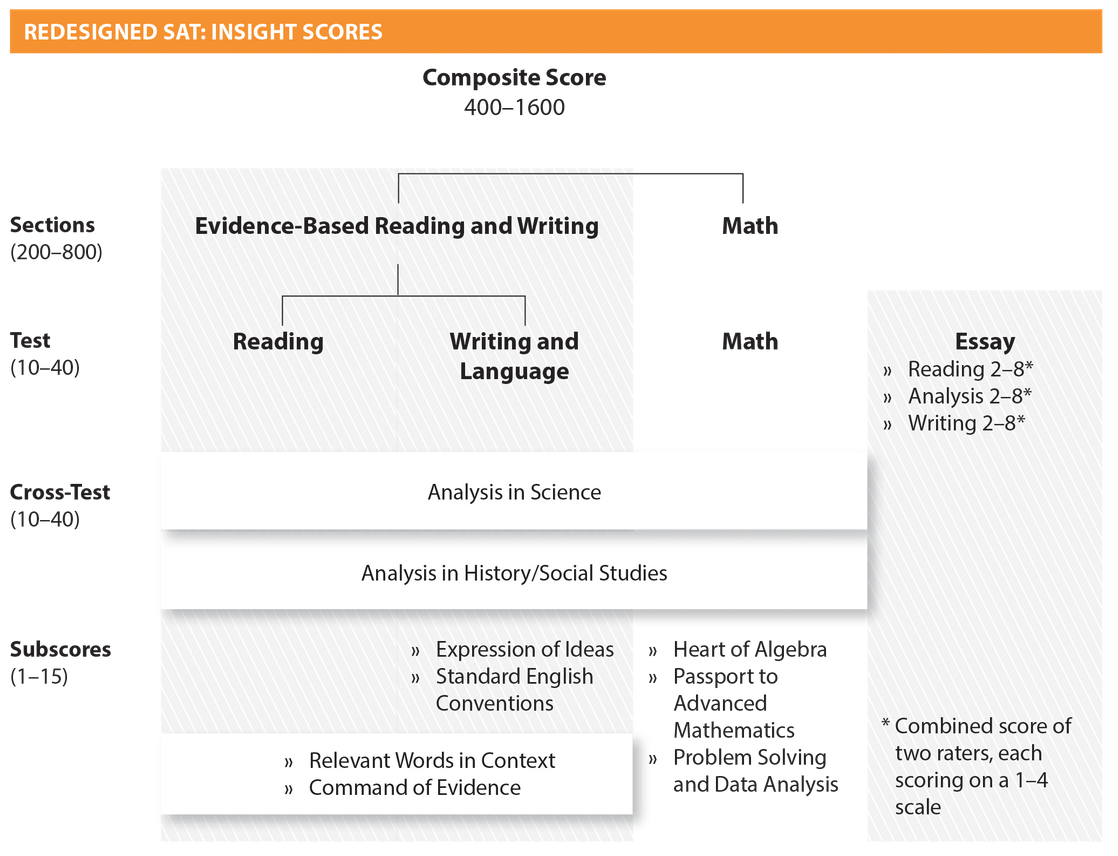 The score of your SAT test is a pretty big deal, and since college admittance chances, scholarships, and future job or internship possibilities can all be linked to how well you do, it’s important to understand just what that number means.
The score of your SAT test is a pretty big deal, and since college admittance chances, scholarships, and future job or internship possibilities can all be linked to how well you do, it’s important to understand just what that number means.
Here we’ll break down just how the SAT is scored.
What does your score mean?
Well, it’s pretty hard for a standardized test to truly measure what you know, that’s why the SAT is designed to approximate. If you were to take the SAT three times, your score might be different each time, even if your skill level didn’t go up or down any. The score you receive at the end of your testing is a sort of range, a few points above and a few points below, to average out your score and show where you stand.
How are the sections scored?
When it comes to the SAT there are two major sections–Reading / Writing and Math. But there are also subsections and subscores too. Take a look below to see how each section, subsection, and everything in-between can be scored (on the new scale).

Source: KhanAcademy.org
How are the essays scored?
Since writing is involved, the essays aren’t scored quite the same way as the rest of your test.
Instead, two reviewers will read each of your essays and grade them according to a specific grading scale. They focus on three major criteria: Reading, Analysis, and Writing. The Reading part grades your comprehension of the provided text. Analysis measures your insight into the prompt as well as your use of evidence, reasoning, and persuasion in your response. The Writing section grades your command and use of the English written language as well as your use of structure, word choice, and formal tone.
And with over one and a half million students taking the SAT each year (some multiple times) that is a lot of reading for the reviewers to do!
How is the whole test graded?
It’s not as easy as just sending a Scantron through a machine and that being done (if only, right?). Your test is mailed to the College Board HQ where the raw score is graded, your essay scored, and then your total score is converted to the SAT scale. This is done for every single SAT test-taker, which is why the results aren’t as instantaneous as we might want them to be.
So study away, and brush up on test-taking tips! Good luck on all your tests.
Have more questions about the new SAT format? Check out this handy dandy article.





